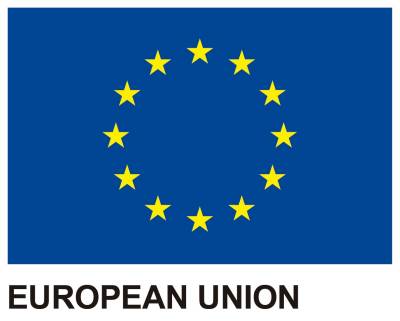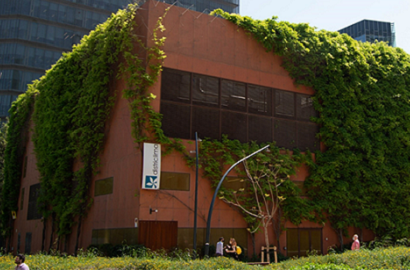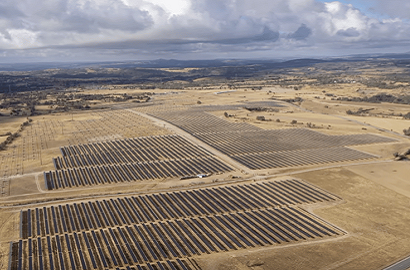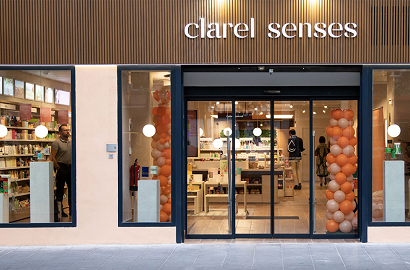Engie's heating and cooling network in Barcelona expands with new plant
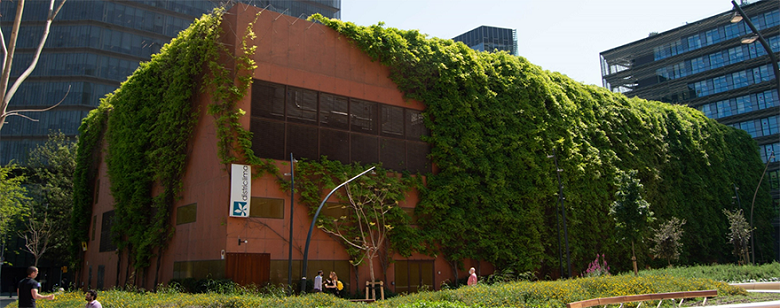
French company Engie is partnering with Tersa, Agbar and IDAE on the Districlima project, promoted together with Barcelona City Council.
Districlima has already obtained all the necessary administrative authorisation to develop a new energy-efficient cooling plant in Barcelona. The company's new project, promoted by French energy company Engie together with Tersa, Agbar and the Institute for Energy Diversification and Saving (IDAE), will receive investment of 44.41 million euros.
Districlima was created in 2002 for the specific development of an urban heating and cooling distribution network for heating, cooling and domestic hot water. The project, promoted together with Barcelona City Council, was designed to contribute to the city's energy efficiency strategy. The Bogatell plant will be the third in the network after previous plants built in the Fòrum area and the 22@ district.
Four phases
The licence will mean the first phase of construction can begin on the Bogatell plant. Operations will start in approximately one and a half years with a cooling capacity of 21 megawatts. The second phase will be launched by 2032, and two further phases are planned to reach a cooling capacity of 56 megawatts; 42 megawatts will be for direct production and the remaining 14 used for storage.
The new installation will be underground to minimise the impact on neighbours and the local environment. The plant will be located in Poblenou and the first phase has a budget of 44.41 million euros. In July 2022, it did in addition obtain a subsidy of 2.4 million euros through the idea aid scheme to incentivise initiatives for heating and cooling networks of over one megawatt.
Heated surface
Once the first two phases have been implemented, Districlima's heating and cooling network will supply 240 buildings by 2032, compared to the 180 buildings supplied at present. The heated surface area will increase from the current 1,700,000 m2 to 2,496,494 m2. At present, it covers more than 25 kilometres.
This type of network, an established model in northern and central Europe, is a step forward in energy efficiency compared to individual solutions such as boilers and air conditioning systems. In addition to achieving energy savings of 30%, these networks optimise space, save investment and maintenance costs for users, and reduce noise, vibrations and the carbon footprint.
Photo: Engie

